The capacitor C133 is simply a compensating capacitor for the two-stage amplifier consisting in the differential amplifier pair Q132 and Q134 and the common emitter (or better split load) amplifier made of Q136. Its value has the effect to create a (relatively) low frequency pole in the amplifier frequency response: if properly chosen, it makes the phase margin at unity gain sufficiently high in order to avoid instability due to feeback from the power output (via R149). This also implies a smoothing of output ringing, as G36 pointed out in its comments: below I assume also that, following the comments of G36, R140 and R149 are not connected to the collector of Q136. Note also that the structure of the lower part of the circuit, with the differential pair Q133 and Q135, the common emitter amplifier Q137 and the capacitor C135, has the same topology.
The structure of this two stage amplifier can be modeled in the following way:

simulate this circuit – Schematic created using CircuitLab
where
- \$A_v\$ is a gain block representing the two stage amplifier made of the differential amplifier pair Q132 and Q134 followed by the split load amplifier Q136.
- \$r_{o_{Q134}}\$ is the collector output resistance of the Q136 BJT,
- \$r_{i_{Q139}}\$ is the base input resistance of the Q139 output power BJT.
Regarding this model circuit, it must be pointed out that:
- Its scope is only to show the effect of the C133 capacitor on the intrinsic gain of the two-stage amplifier.
- As anyone can see, I completely omitted the capacitor C141 which is put in the original circuit for the same reason C133 was.



